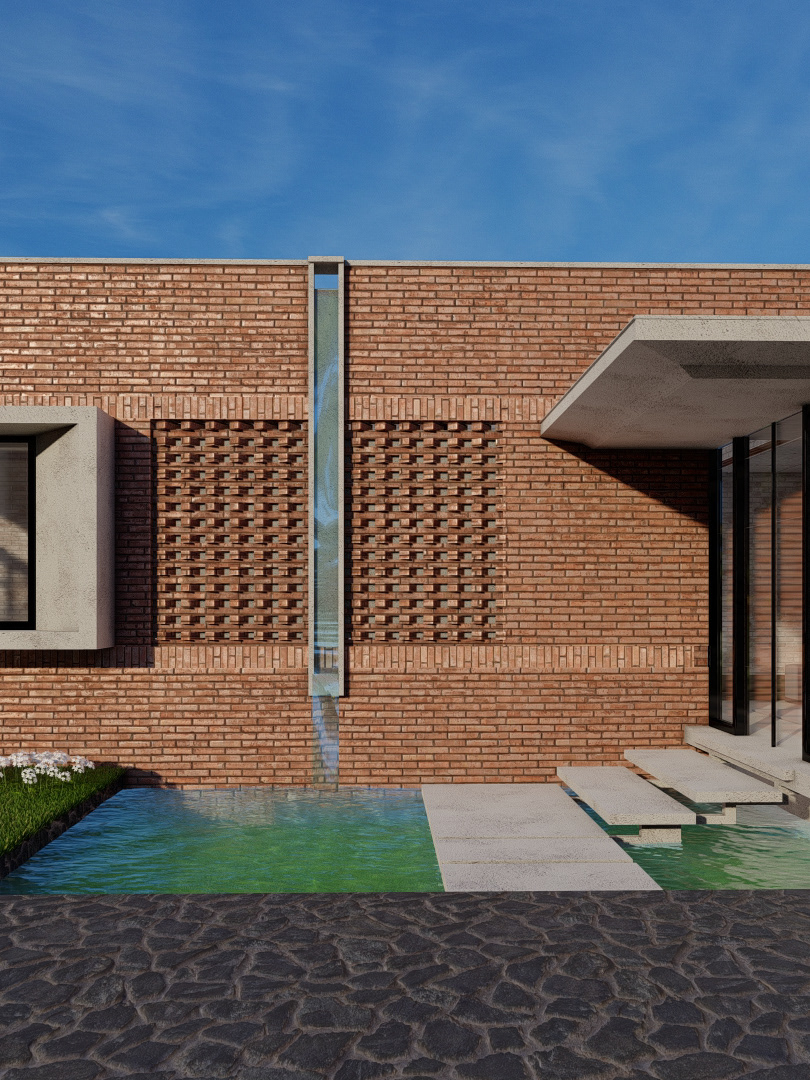Research and site analysis I conducted for my Bachelor's thesis.
We live in a world preoccupied with images; the spectacular being an important element in the manifestation of collective and individual identity, as people are attracted to and take pride in associating themselves with the eye-catching and the flamboyant.
This trend has flourished in architecture - we relish the creations of starchitects such as Zaha Hadid and Frank Gehry, and desire such icons and spectacles in our cities, taking pride in their existence, and in our association with them.
But the spectacular facades of contemporary architecture have become mere images, icons within themselves, a reflection of their creators, often with no meaningful connection to the users inside the building or the passersby on the street.
The facade is merely a mask: with the sole purpose of being the exemplifying image of the city, and it is through that facade that we, as users and passersby, take cues regarding worth and identity.
While architecture has been used for branding and as a trademark of institutions, neighborhoods, cities and nations for centuries, the latest trend of globalized, picture perfect forms and facades have an alienating effect on the general public, since the design is rooted in our desire to appear a certain way, rather than illustrate how we really are.
This creates ocular centric non-places that could be placed anywhere across the globe, stripped of any authenticity or context.
This phenomenon is further reinforced by urban planning for the convenience of the automobile: our experiences of the places around us become limited to what we see through our window.
As such, places of transition become significant: the moment one steps out of the vehicle, one’s experiences expand from the purely visual to include auditory, olfactory, and tactile.
These senses come together to form a ‘place’ a space of meaning and memory. As such, these spaces of transition have the potential to become places reflective of urban identity.
Potential Architectural Challenge:
How can one create depth and meaning in a signature of urban identity? How can the iconic expand beyond the visual, i.e., the form and the facade?


